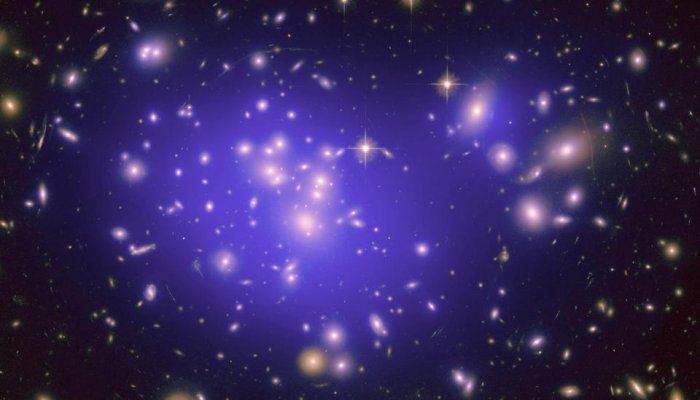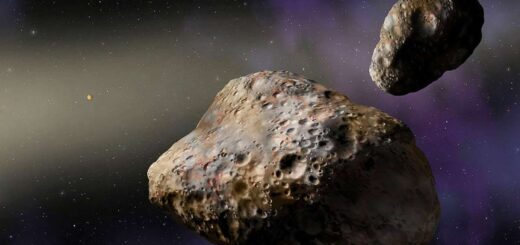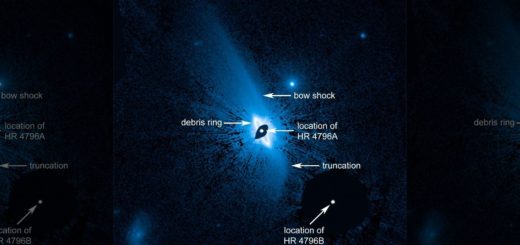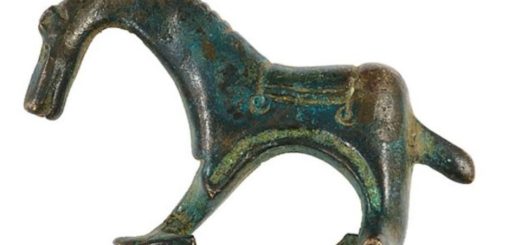‘Feeding Habits’ Of White Hungry Dwarf Stars – New Discovery
An unexpected and exciting new discovery related to the way white dwarfs grow in space, has been made by astrophysicist Dr Simone Scaringi from University of Canterbury in New Zealand.
Most white dwarfs have long been considered “non-magnetic”. When white dwarfs grow at very low rates, they gain mass in distinct and sudden bursts where they ‘binge eat’ for a short period of time.

A team of international researchers found one of these non-magnetic white dwarfs behaving as if it had a strong magnetic field.
“We have seen episodes of strong flares of accretion interrupted by periods with no evidence of accretion,“ Dr Scaringi said.
“This sporadic activity is best explained by the presence of a strong magnetic field comparable to that of 1000 fridge magnets.”
A white dwarf is what stars like the Sun become after they have exhausted their nuclear fuel.
White dwarfs are dense objects roughly the same size as Earth but with as much mass as the Sun.
They accrete, or grow, by sucking in mass from the outer layers of their companion stars.
Researchers examined several years of data gathered by NASA’s Kepler space-based observatory and found one – non-magnetic white dwarf – behaving as if it had a strong magnetic field.
Scaringi explained that “this magnetic field ‘gates’ the accretion, causing the matter to pile up until it has a gravitational attraction stronger than the magnetic forces holding it back, indicating for the first time that even “non-magnetic” white dwarfs can have very strong magnetic fields.”
Now researchers have more evidence that magnetic accretors like the one presented in the research paper, in our paper also behave in the same way, irrespective of their origin, whether that is a white dwarf, black hole, neutron star or young proto-star.
“Similar bursts have been observed in accreting neutron stars – which are much smaller and have magnetic fields much higher than our white dwarf – and in young stellar objects, which are on the other end, being much larger and owning much weaker magnetic fields,” he says.



 Creators of mankind
Creators of mankind Description of “Tall white aliens”
Description of “Tall white aliens” Where they came from?
Where they came from? About hostile civilizations
About hostile civilizations The war for the Earth
The war for the Earth “Tall white aliens” about eternal life
“Tall white aliens” about eternal life Video: “Nordic aliens”
Video: “Nordic aliens” Aliens
Aliens Alien encounters
Alien encounters The aliens base
The aliens base UFO
UFO Technology UFO
Technology UFO Underground civilization
Underground civilization Ancient alien artifacts
Ancient alien artifacts Military and UFO
Military and UFO Mysteries and hypotheses
Mysteries and hypotheses Scientific facts
Scientific facts


















